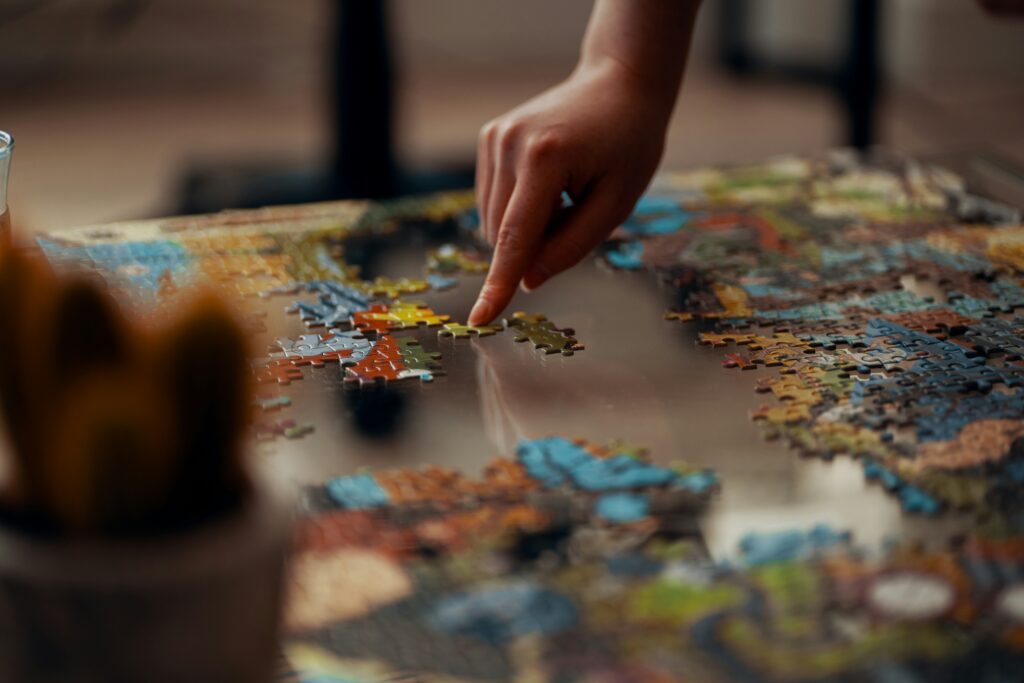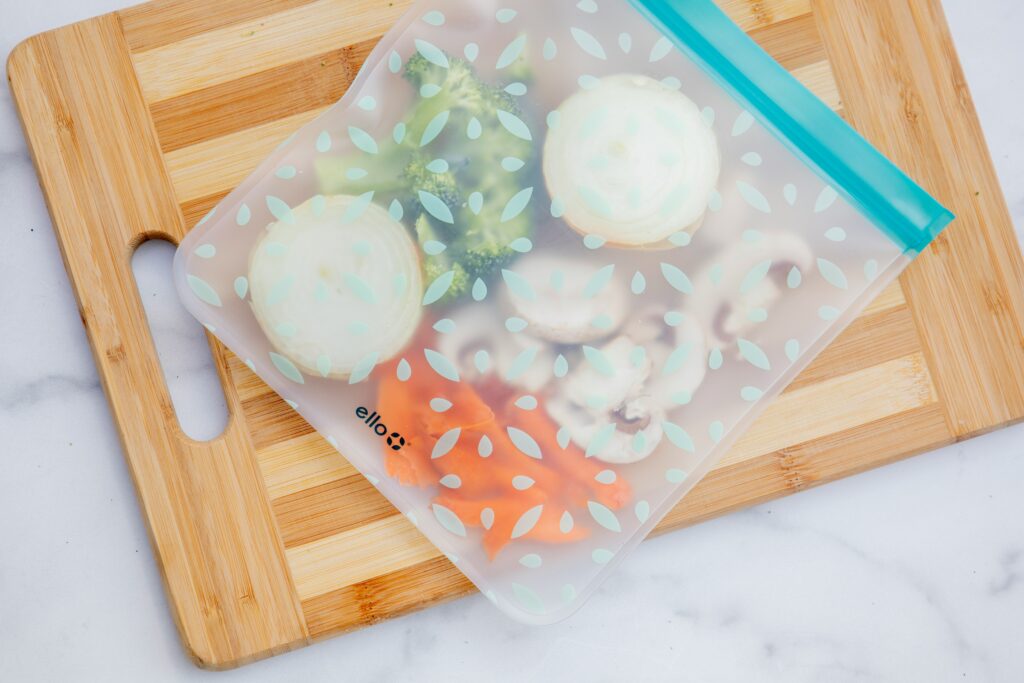We don’t have access to recycling services in our townhome community, but there’s one thing that I’m getting better at—saving my plastic grocery bags and food packaging. I admit I shop at Walmart, and I know I should shop at WinCo because it’s cheaper but for right now, I’m working on what comes easiest. Walmart delivers, so the case is closed for now. (It’s the little things, right?)
Anyway, Walmart takes back grocery bags, and at the time of this writing, I’ve recently noticed that they also take back flexible food packaging. Though it’s taken time, I can now make half-second decisions about the things I buy while taking into account the packaging that they are in. The example that comes up in my life the most is that of lunch meat. My 4-year-old loves meat and cheese sandwiches, so we buy a lot of lunchmeat.
Now, I shop by the cost per ounce, and at Walmart, it’s pretty close between a large container of lunch meat in a hard plastic container and another in flexible zip-top packaging. Over the last six months, I’ve found myself buying one or the other depending on my needs at home. Let me explain.
A Bunch of Little Things

Over the last few years, I’ve been making more batches of overnight oatmeal. But as our family has grown, I’ve run out of jars. Rather than going out to buy more, I simply started buying the lunch meat that came in a hard plastic container with a lid. When the lunch meat was eaten, I would wash out the container and use it as one of my overnight oatmeal containers. Once I had a few of those, I started buying lunch meat in the flexible plastic zip-top packaging again so I could take it back to Walmart for recycling. That way I wouldn’t be stuck with an extra hard plastic container that I didn’t need nor have room for. See? Little things.
Little things don’t add up to much on their own, but it’s one less item that has packaging to be tossed in the garbage. Over the last few years, I’ve done this to several items in my home.
- Leftover Containers: I keep a few cleaned-out cottage cheese or yogurt containers with my plastic ware to send leftovers home with people instead of buying throw-away containers for the same purpose.
- Laundry Detergent: I’ve replaced the plastic laundry detergent bottles with water-less laundry sheets in cardboard packaging. (It saves a lot of space!).
- The result? Less plastic waste in the environment.
- Dish scrubbers: When my old dish scrubber went the way of all the Earth, I bought a bamboo one with removable heads so I could replace the head without replacing the whole stick, too.
- The result? Less plastic waste in the environment and a disposable dish scrubber that is biodegradable.
- Dishwasher Soap: Another example is my dishwasher soap. I buy water-less ones that come in tablet form and are shipped in biodegradable packaging.
- The result? No more plastic disintegrating in my dishwasher, and no more paying for the water found in standard liquid dishwasher soap. No more empty buckets of dishwasher pods tossed into the garbage.
Not everything has been eliminated, not even close. However, I’ve been able to eliminate packaging on some items and switch over to biodegradable materials on others. Though this is definitely a work in progress, it feels good to get that little bit of momentum for change. It makes focusing on other little changes easier and more attainable. By reducing our footprint one little thing at a time, I can actually see progress happening. The idea of doing it all at once is too much, too fast—at least for me. Kudos if you can take a firehose to the face.
Other Things I’ve Been Able to Change

- Zip-top bags: I have a bunch of these, but some are single-use, some are fabric, and some are rubber. The fabric ones are used for dry(ish) snacks and other food for my kids – cereal, grapes, dried fruit, goldfish, pretzels, chips, etc. The rubber ones are for storing food in the fridge or freezer and for storing sandwiches for a picnic. The single-use ones are for really messy things, like piping frosting. The fabric ones get turned inside out and put in the dryer, and the rubber ones are fine in the top drawer of the dishwasher.
- The result? Fewer zip-top bags used once and thrown away.
- Watering with the hose: I bought a cheap 55-gallon barrel and started harvesting rainwater from my roof to water my backyard garden. We get almost zero rain for two or three months during the summer here in Utah, so it helps water stuff until my sprinklers come on in the early summer.
- The result? Less house water is used during the spring and early summer.
- Puchasing hack: when I buy something, I consider price, durability, and look equally. If it looks like it won’t last me years (and the reviews clarify that), then I’ll find a different one that probably costs more. On top of durability, it has to look good on display in my space. I don’t kid myself that I can hide it away. I have kids. They pull out everything. If it looks ugly out in the open, I don’t buy it. Little things put together can create chaos or cohesion.
- Clothes hamper example: Rather than replacing our white plastic laundry basket of nine years with another white plastic laundry basket (when it cracked and started cutting us), we decided to invest over $45 in a new one that looked nice in our room, had great durability reviews, and had convenient liners that turned into a carry bag to haul our clothes to the washer. We all know the concept of buying quality items once instead of low-quality items several times, but I’d never thought about combining that concept with an item’s aesthetic in your space. This concept came from a book called Simple Matters by Erin Boyle. I highly recommend it.
- Disposable plates/cutlery: Sometimes, I need disposable plates and cutlery. I get easily overwhelmed by a lot of dirty dishes. Instead of buying foam disposable plates and bowls, I’ve opted to buy brown pressed paper ones that will break down quickly. That’s the only option I give myself. If I want convenience, it has to be responsible convenience (well, you get what I’m saying). Since they cost more, sometimes I just opt to wash a plate rather than reach for a disposable one.
- The result? No more foam or plastic plates floating around, and no more plastic spoons (I buy wood ones or just pull a few mismatched metal ones out of a drawer since we go through those like wildfire, I swear).
Have you perfected any sustainable little things in your life? Please share in the comments!
All my love,
Kyra